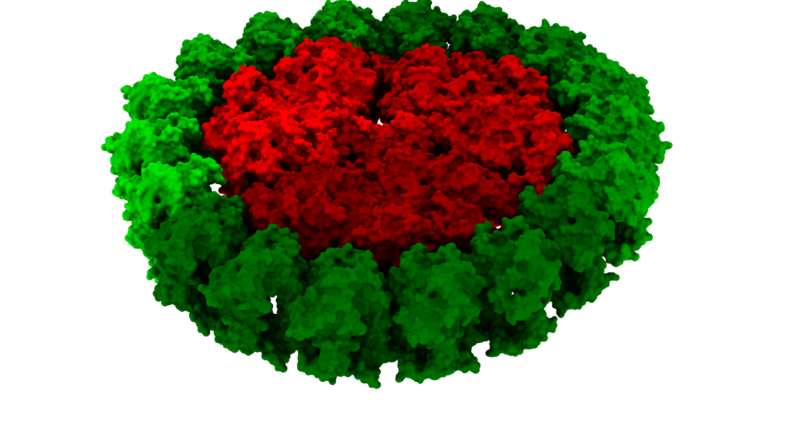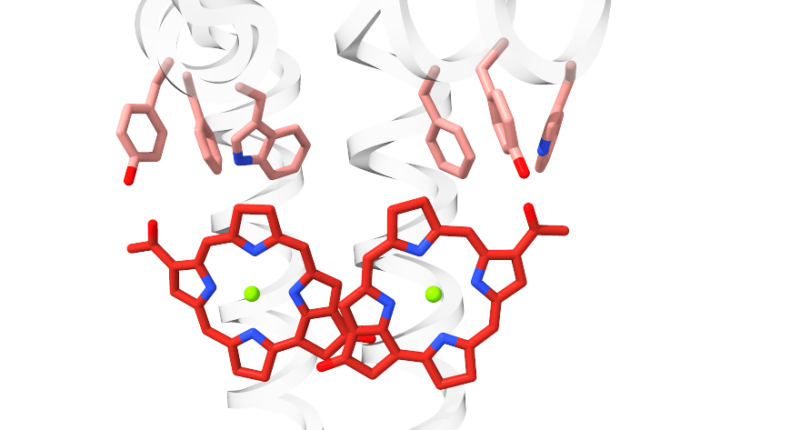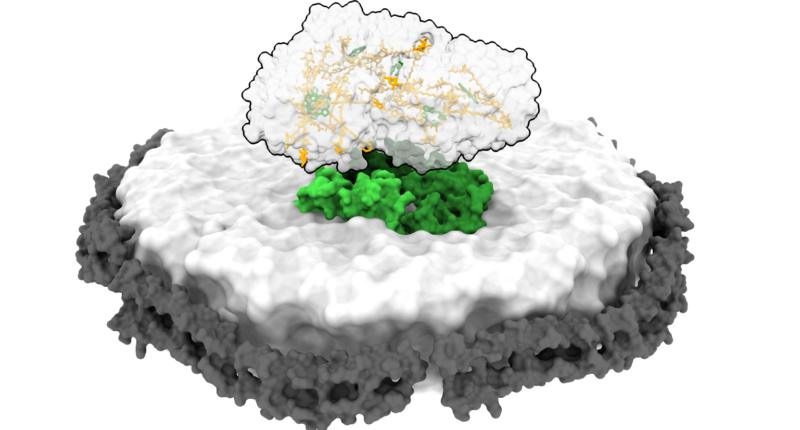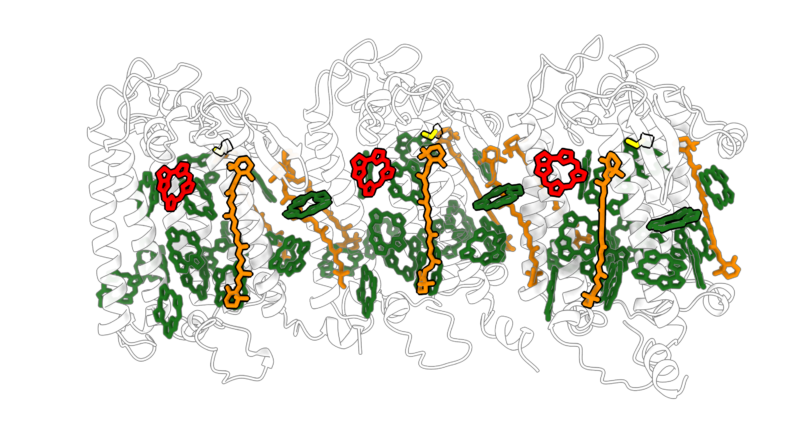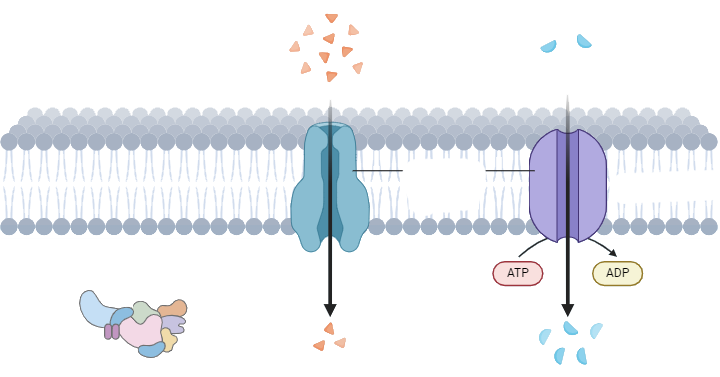Main focus: unraveling the intricacies of photosynthetic light harvesting to benefit mankind
Elucidating how nature manipulate the sunlight offers profound implications for helping our society, particularly in the realms of renewable energy and sustainable agriculture. By understanding the complex mechanisms through which various photosynthetic organisms efficiently capture and convert sunlight into chemical energy, we can develop advanced technologies that mimic these natural processes. This knowledge can lead to the creation of highly efficient solar cells that harness solar energy more effectively, reducing reliance on fossil fuels and mitigating climate change. Furthermore, insights gained from photosynthesis can inform agricultural practices, enabling the design of crops that maximize light absorption and yield, ultimately contributing to food security and environmental sustainability.
Tools of the trade: extracting heterogenous signals using cryo-EM and single molecule spectroscopy
We use a powerful approach for studying complex biological systems at unprecedented resolution. Cryo-EM enables the visualization of biomolecular structures in their native states, preserving the fine details of macromolecular assemblies while minimizing sample perturbation. Complementing this technique, single-molecule fluorescence spectroscopy provides real-time insights into dynamic processes, allowing us to observe the behavior of individual molecules as they interact and function. Together, these methods facilitate the dissection of heterogeneous signals arising from different conformations and interactions within a sample, enhancing our understanding of fundamental biological processes. By integrating these techniques, we can uncover the subtle variations in molecular behavior that are crucial for deciphering the complexities of life at the nanoscale.
New horizons: understanding the structure-to-function relationship of novel soluble and membrane proteins
We aim to tackle a pivotal frontier in molecular biology, where the fine interplay between protein architecture and its biological roles is being explored in depth. Novel soluble proteins often serve critical functions in enzymatic reactions and cellular signaling, while membrane proteins play vital roles in transport, communication, and energy conversion within cells. Advancements in techniques such as cryo-electron microscopy, X-ray crystallography, and single-molecule spectroscopy have enabled us to unravel the three-dimensional structures of these proteins with unprecedented resolution. By linking structural features to specific functions, scientists can gain insights into the mechanisms underlying various physiological processes and disease states. This understanding not only enhances our fundamental knowledge of protein biology but also opens new avenues for therapeutic interventions, drug design, and biotechnological applications, ultimately paving the way for innovations in health and medicine.


